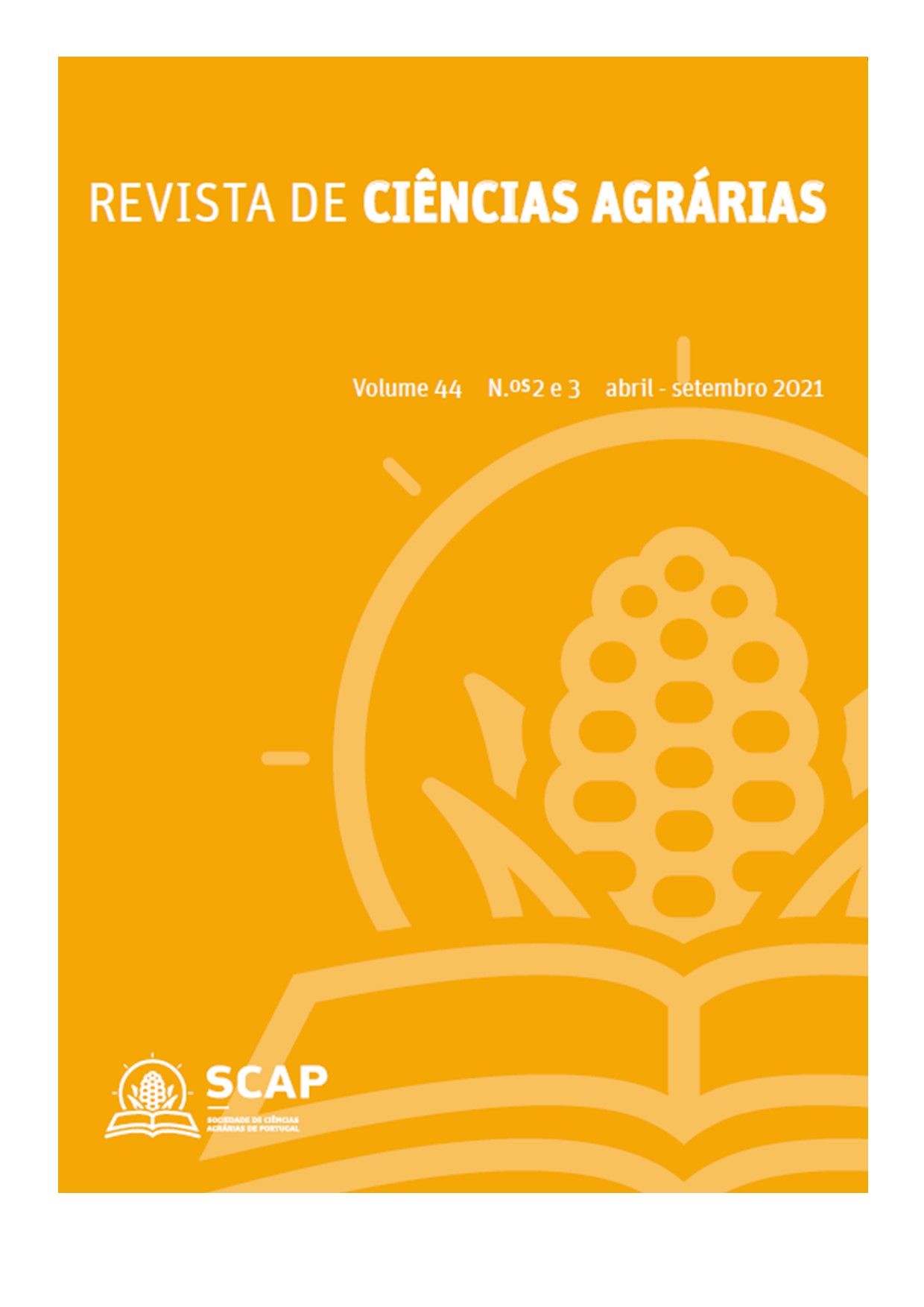Physiological marker of phosphorus nutritional status in potatoPhysiological marker of phosphorus nutritional status in potato
DOI:
https://doi.org/10.19084/rca.20122Abstract
The development of more efficient plants in the use of nutrients will be fundamental for agriculture in the coming years. The objective of this work was to define a physiological marker of the nutritional status of P for potato clones cultivated off-soil and in vitro, in order to facilitate the selection process of more efficient clones in the use of P. For this, two experiments were carried out with seven potato clones (SMIC 148-A, Dakota Rose, SMINIA 793101-3, SMIB 106-7, SMIF 212-3, SMIJ 319-1 and P 150) grown at two levels of P (low and high) in the culture systems in vitro (1,935 and 19,346mg P L-1) and in off-soil (2.32 and 23.2mg P L-1) using sand as substrate. The inorganic P content and the total accumulation of P in shoot and roots seem to be good indicators of the nutritional status of P in potato plants, both in off-soil and in vitro cultivation. The activity of the acidic phosphatase enzymes (APases) in the tissues of the potato depends very much on the culture system, the clone and the organ of the analyzed plant, making it difficult to choose it as a physiological marker for restriction of P in potatoes. The dry mass of the potato plant may be a good indicator of the nutritional status of P in clones grown off-soil.


